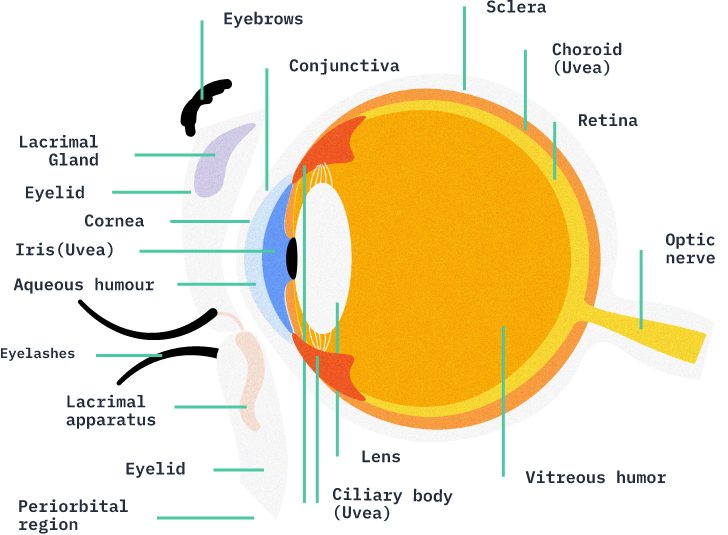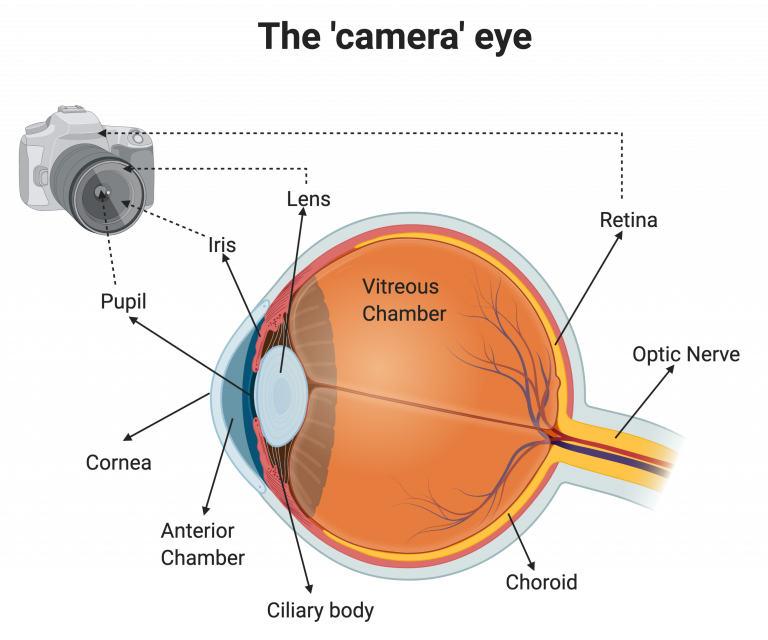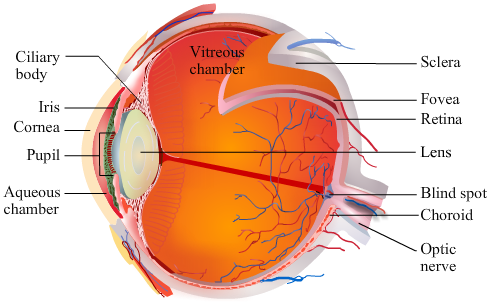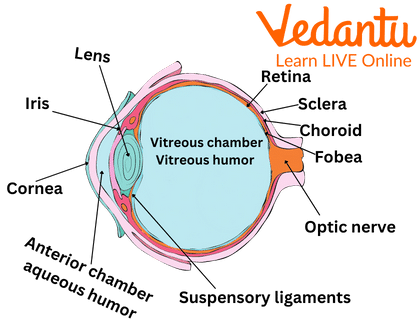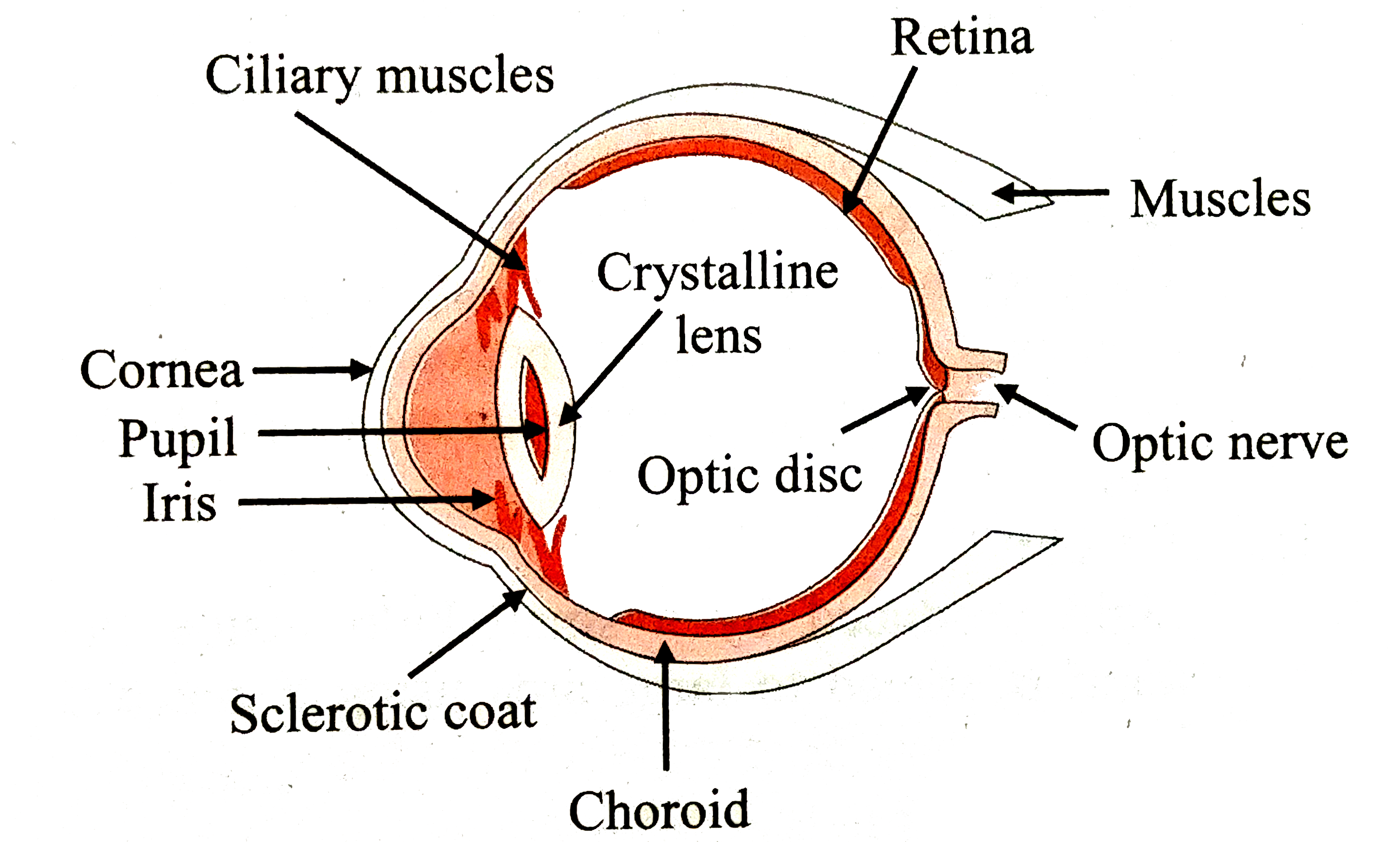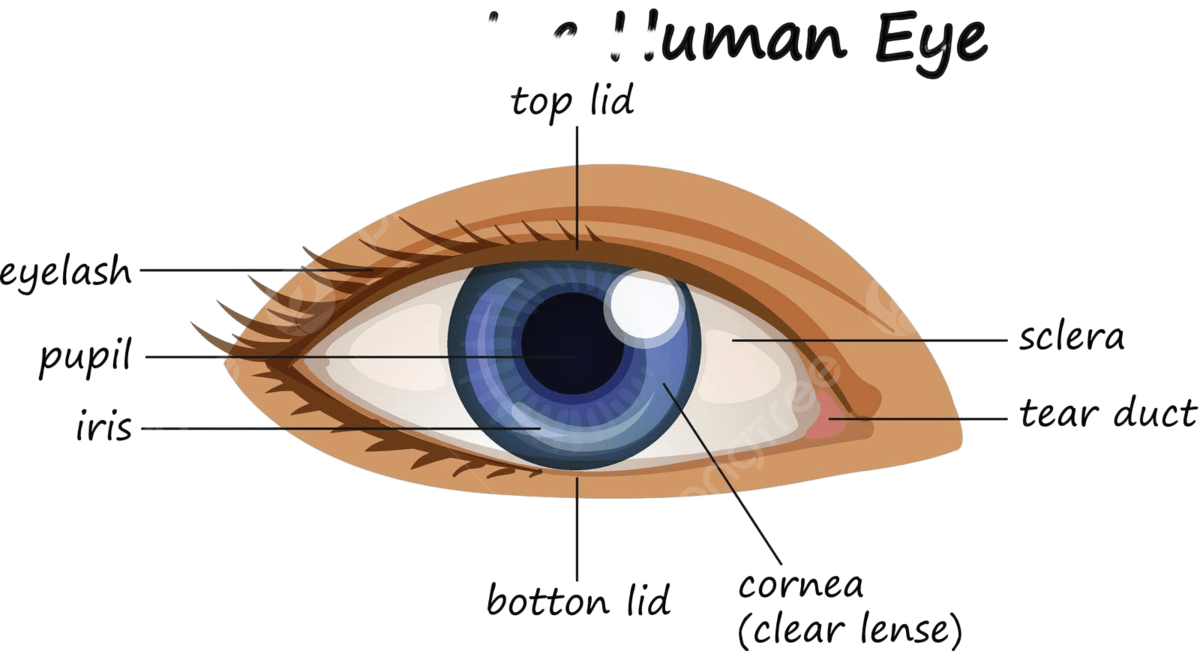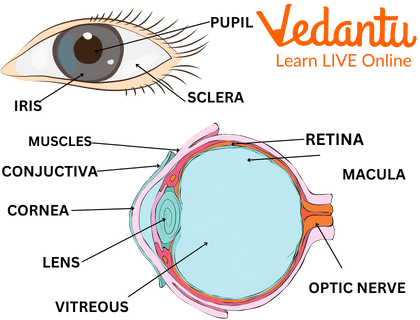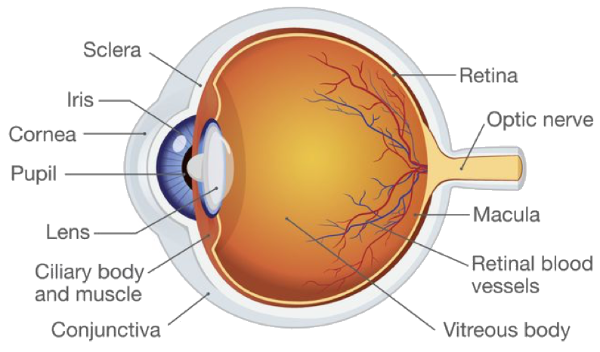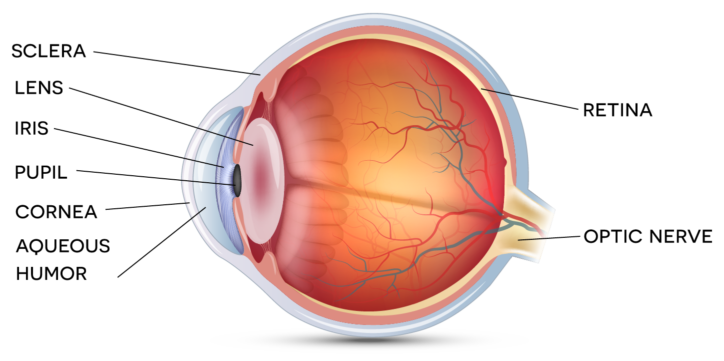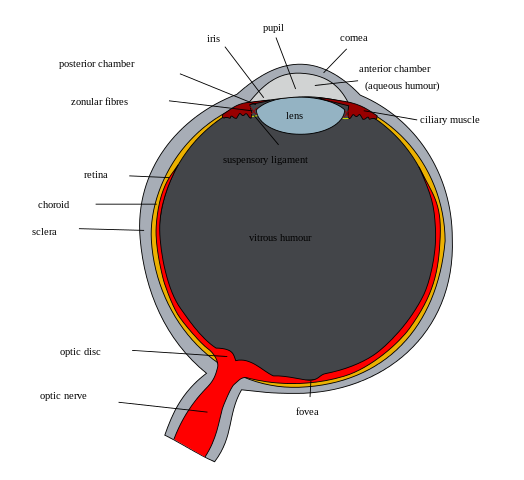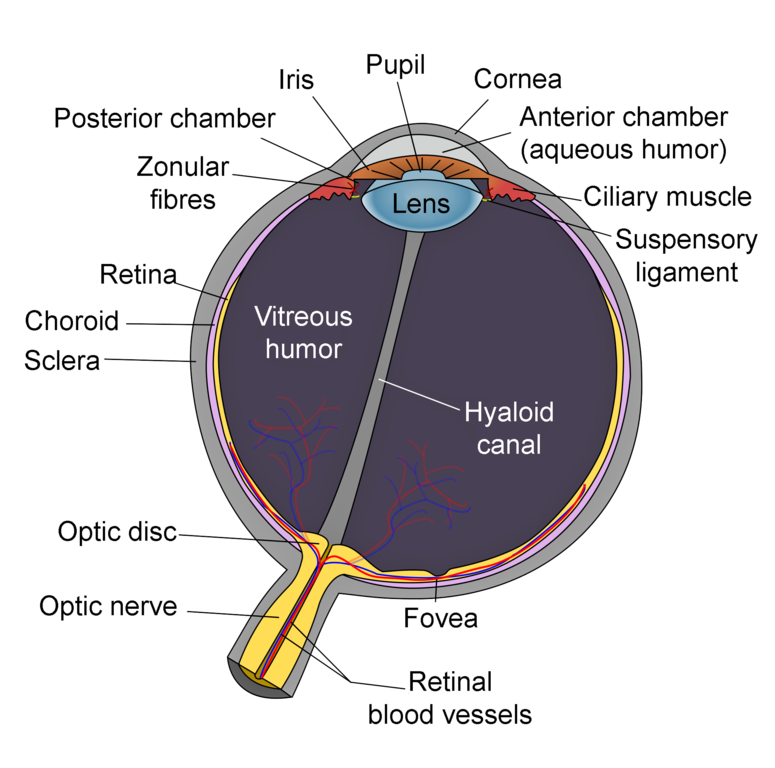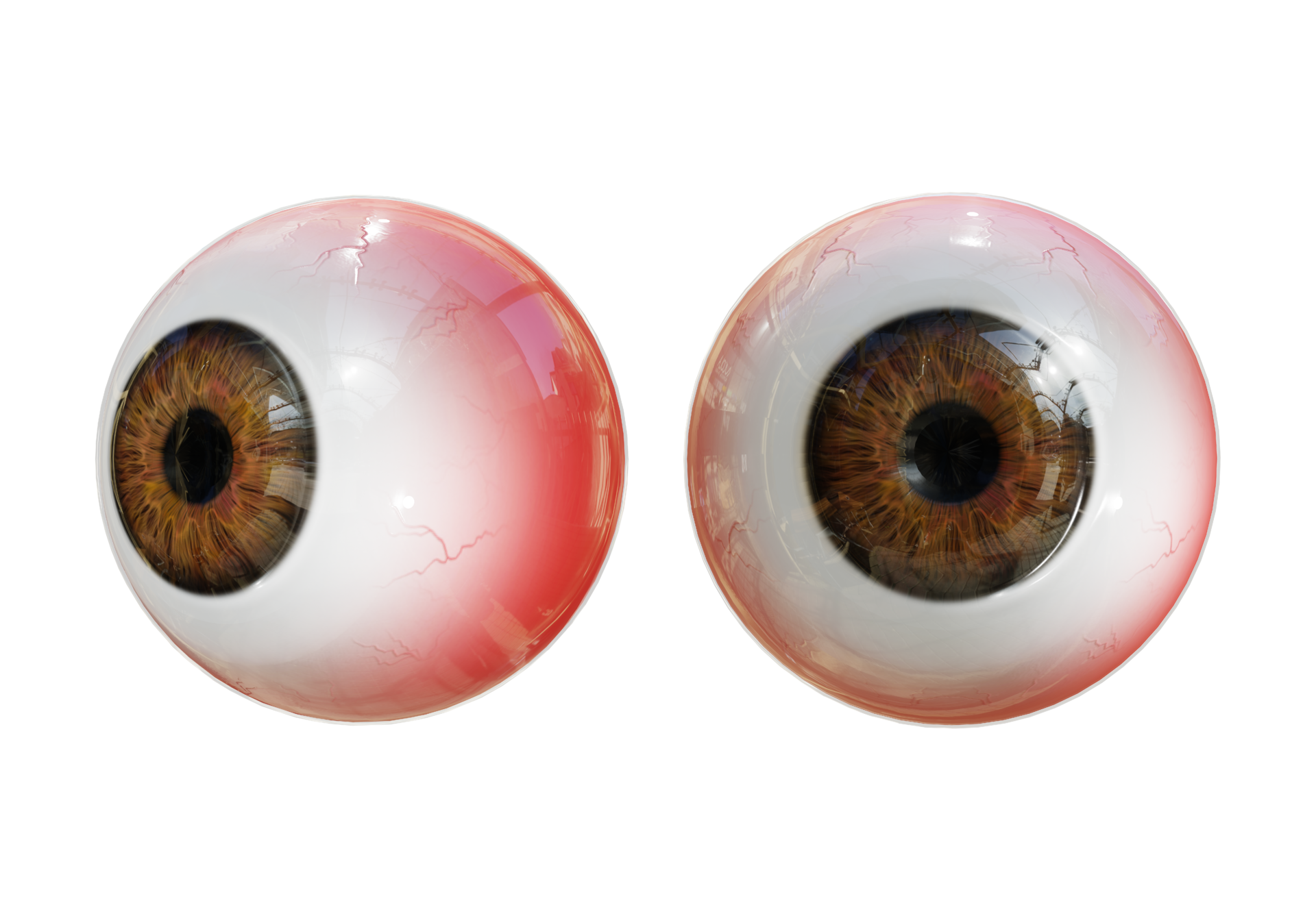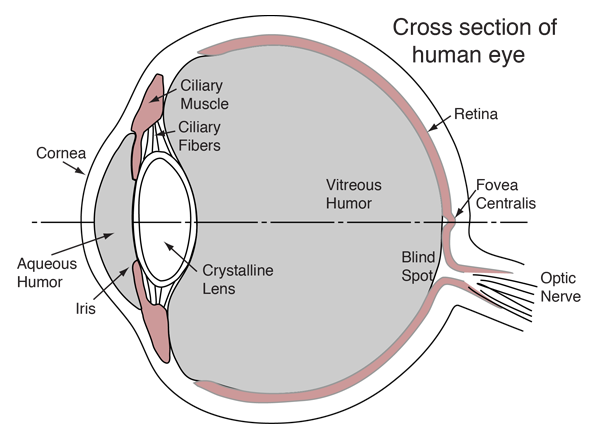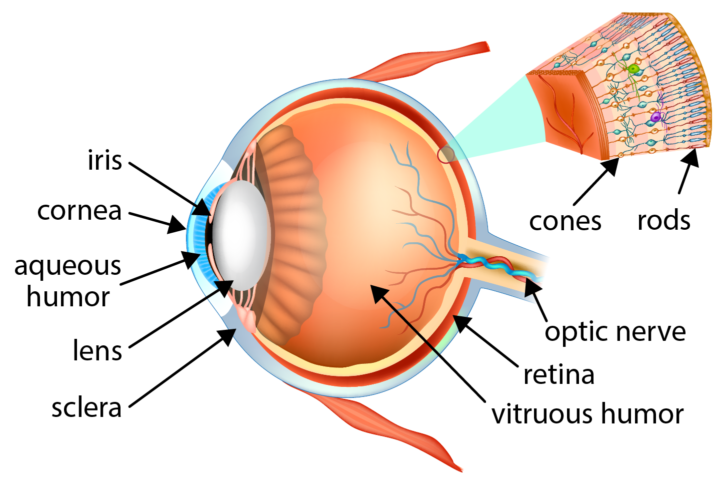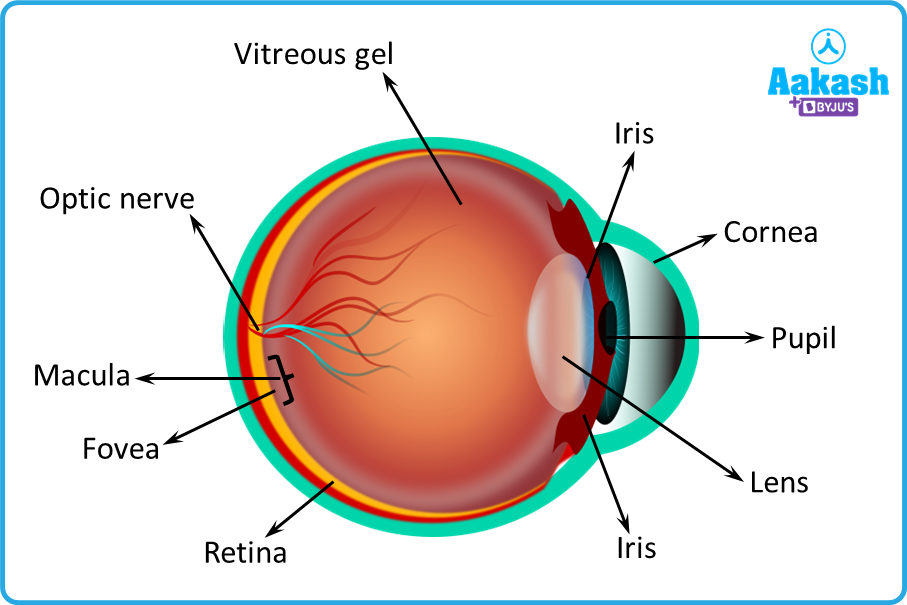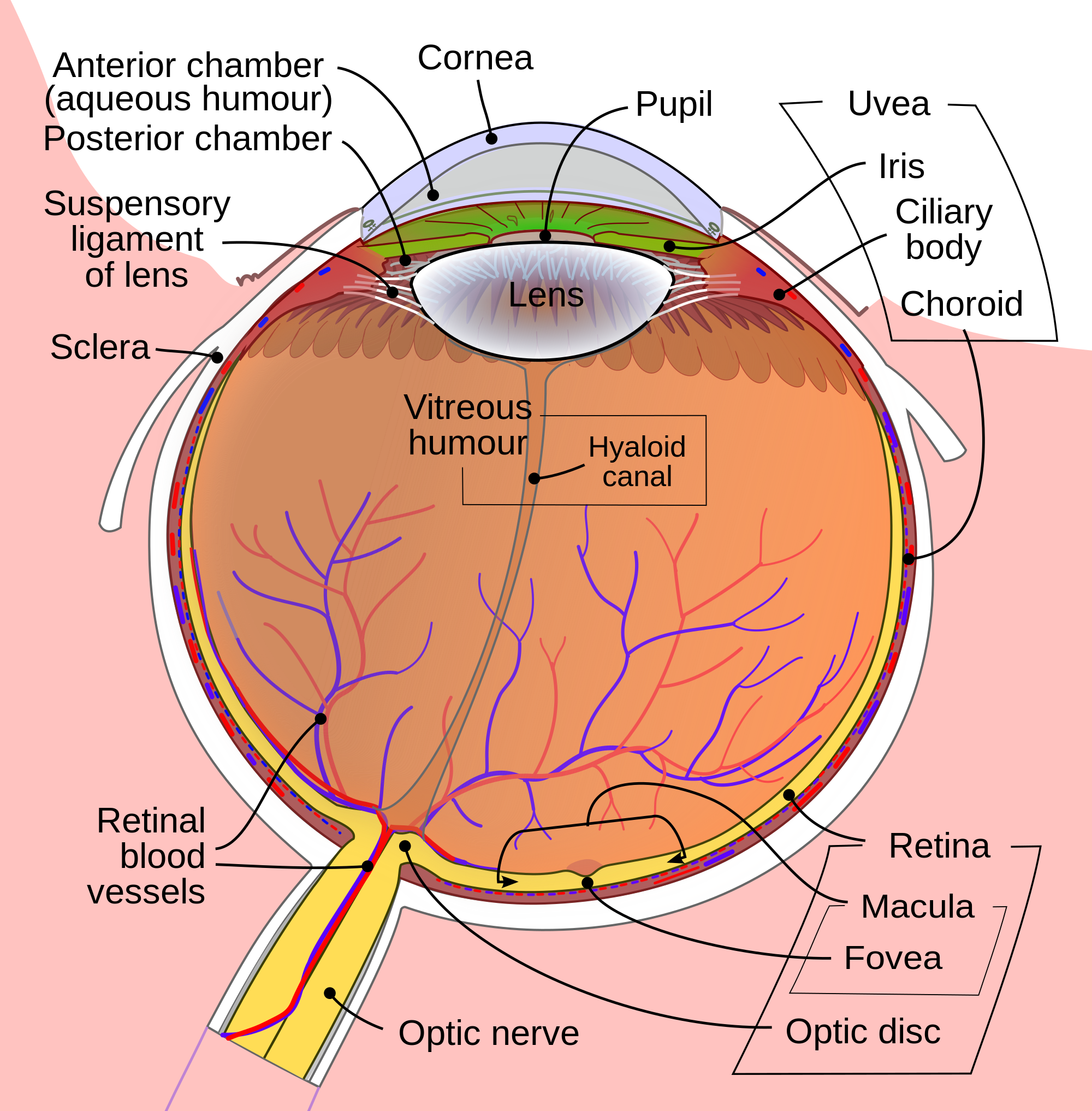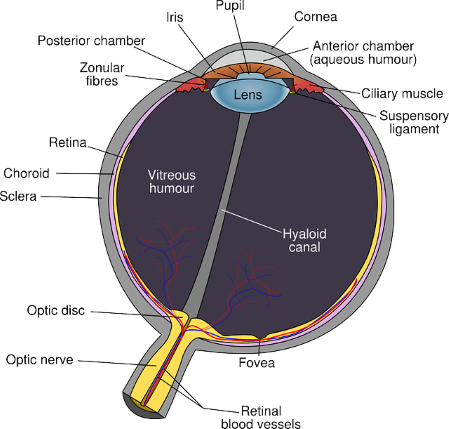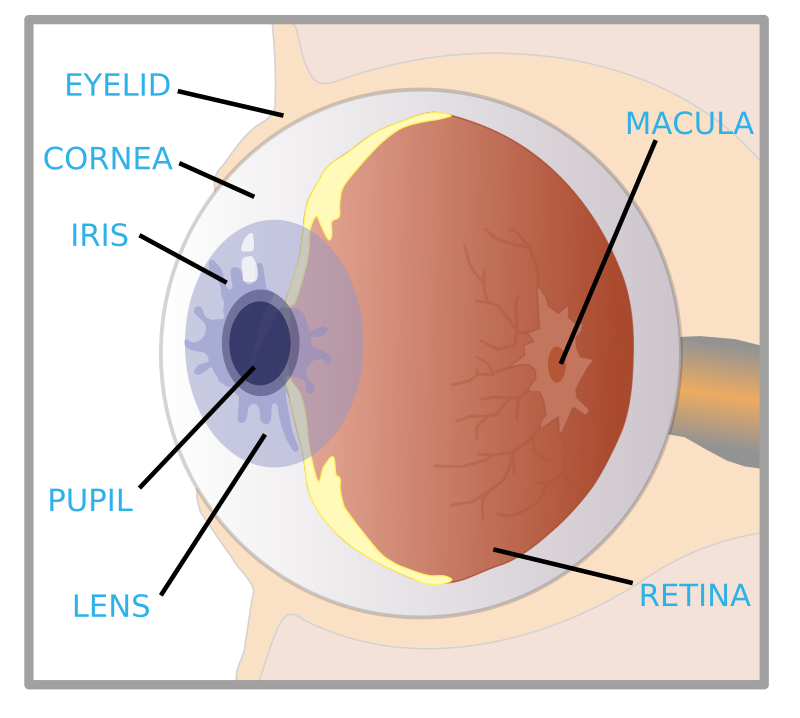Download top and best high-quality free Human Eye PNG Transparent Images backgrounds available in various sizes. To view the full PNG size resolution click on any of the below image thumbnail.
License Info: Creative Commons 4.0 BY-NC
The human eye is an incredibly complex and intricate organ that allows us to see the world around us. It is one of the most important sensory organs in the human body, and without it, our ability to interact with the world would be severely limited. In this article, we will explore the anatomy and function of the human eye, as well as some common eye conditions and diseases.
Anatomy of the Human Eye
The human eye is roughly spherical in shape, with a diameter of about 24mm. It is comprised of several different parts, including:
- The cornea: the clear outer layer that covers the front of the eye.
- The iris: the colored part of the eye that surrounds the pupil.
- The pupil: the black circular opening in the center of the iris that allows light to enter the eye.
- The lens: a clear structure behind the iris that helps to focus incoming light onto the retina.
- The retina: a layer of specialized cells at the back of the eye that converts incoming light into electrical signals that travel to the brain.
- The optic nerve: a bundle of nerve fibers that carries visual information from the retina to the brain.
There are also several other structures that play a role in the function of the eye, including the ciliary body, the aqueous humor, and the vitreous humor. These structures help to maintain the shape of the eye and ensure that incoming light is properly focused onto the retina.
Function of the Human Eye
The human eye acts like a camera, capturing images of the world around us and converting them into electrical signals that our brain can interpret. When light enters the eye, it first passes through the cornea, which helps to focus the light onto the lens. The lens then adjusts its shape to further focus incoming light onto the retina at the back of the eye. The retina contains millions of tiny light-sensitive cells called rods and cones, which convert incoming light into electrical signals that are sent to the brain via the optic nerve.
The brain then interprets these electrical signals and creates the visual images that we see. Different parts of the brain are responsible for different aspects of vision, such as color perception, depth perception, and object recognition.
Common Eye Conditions and Diseases
There are many different eye conditions and diseases that can affect the function and health of the human eye. Some of the most common include:
- Myopia: also known as nearsightedness, this is a condition in which distant objects appear blurry while close objects remain clear.
- Hyperopia: also known as farsightedness, this is a condition in which close objects appear blurry while distant objects remain clear.
- Astigmatism: an irregularly shaped cornea or lens that causes blurry vision and visual distortions.
- Cataracts: a clouding of the eye’s lens that can cause blurry vision and eventually lead to blindness.
- Glaucoma: a group of diseases that damage the optic nerve and can lead to vision loss and blindness.
- Age-related macular degeneration: a progressive disease that affects the macula, the part of the retina responsible for central vision.
Many of these conditions can be treated with glasses, contact lenses, or surgery. It is important to have regular eye exams in order to detect and treat these conditions early on.
Conclusion
The human eye is an incredible organ that enables us to see and interact with the world around us. Understanding its anatomy and function, as well as the common eye conditions and diseases that can affect it, is important for maintaining good eye health. Remember to have regular eye exams and take care of your eyes to ensure that they continue to function properly for years to come.
Download Human Eye PNG images transparent gallery
- Human Eye PNG
Resolution: 728 × 535
Size: 334 KB
Image Format: .png
Download
- Human Eye Transparent
Resolution: 768 × 640
Size: 255 KB
Image Format: .png
Download
- Human Eye
Resolution: 489 × 308
Size: 111 KB
Image Format: .png
Download
- Human Eye Background PNG
Resolution: 420 × 320
Size: 38 KB
Image Format: .png
Download
- Human Eye No Background
Resolution: 2904 × 1747
Size: 1345 KB
Image Format: .png
Download
- Human Eye PNG Clipart
Resolution: 1200 × 651
Size: 374 KB
Image Format: .png
Download
- Human Eye PNG Cutout
Resolution: 420 × 320
Size: 38 KB
Image Format: .png
Download
- Human Eye PNG File
Resolution: 600 × 352
Size: 205 KB
Image Format: .png
Download
- Human Eye PNG Free Image
Resolution: 724 × 361
Size: 147 KB
Image Format: .png
Download
- Human Eye PNG HD Image
Resolution: 524 × 480
Size: 50 KB
Image Format: .png
Download
- Human Eye PNG Image File
Resolution: 775 × 768
Size: 220 KB
Image Format: .png
Download
- Human Eye PNG Image HD
Resolution: 1920 × 1315
Size: 1240 KB
Image Format: .png
Download
- Human Eye PNG Image
Resolution: 602 × 434
Size: 97 KB
Image Format: .png
Download
- Human Eye PNG Images HD
Resolution: 724 × 483
Size: 202 KB
Image Format: .png
Download
- Human Eye PNG Images
Resolution: 907 × 605
Size: 253 KB
Image Format: .png
Download
- Human Eye PNG Photo
Resolution: 2400 × 1503
Size: 257 KB
Image Format: .png
Download
- Human Eye PNG Photos
Resolution: 2000 × 2034
Size: 1432 KB
Image Format: .png
Download
- Human Eye PNG Pic
Resolution: 449 × 429
Size: 130 KB
Image Format: .png
Download
- Human Eye PNG Picture
Resolution: 800 × 718
Size: 115 KB
Image Format: .png
Download
